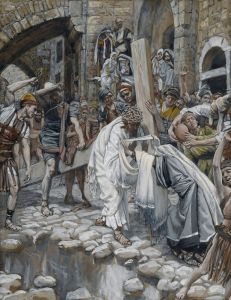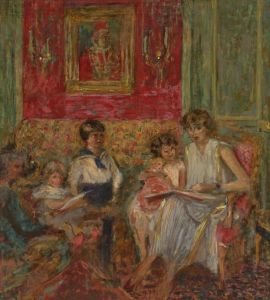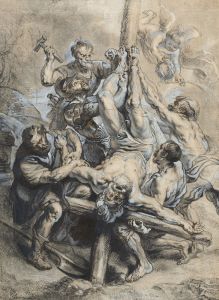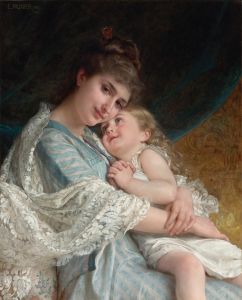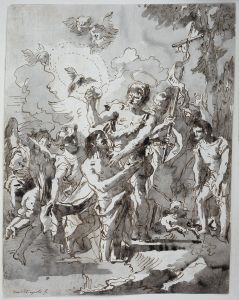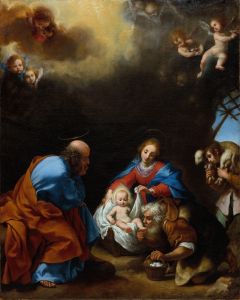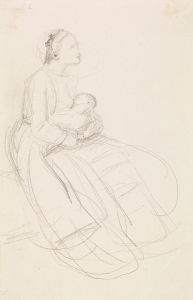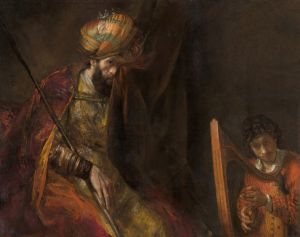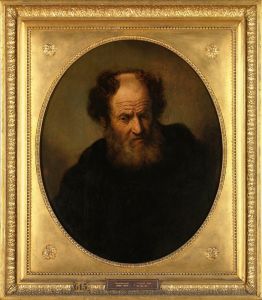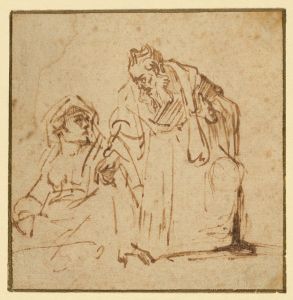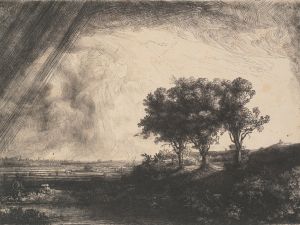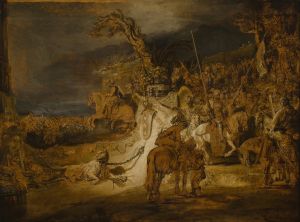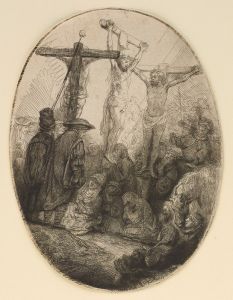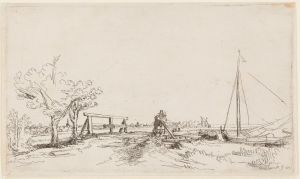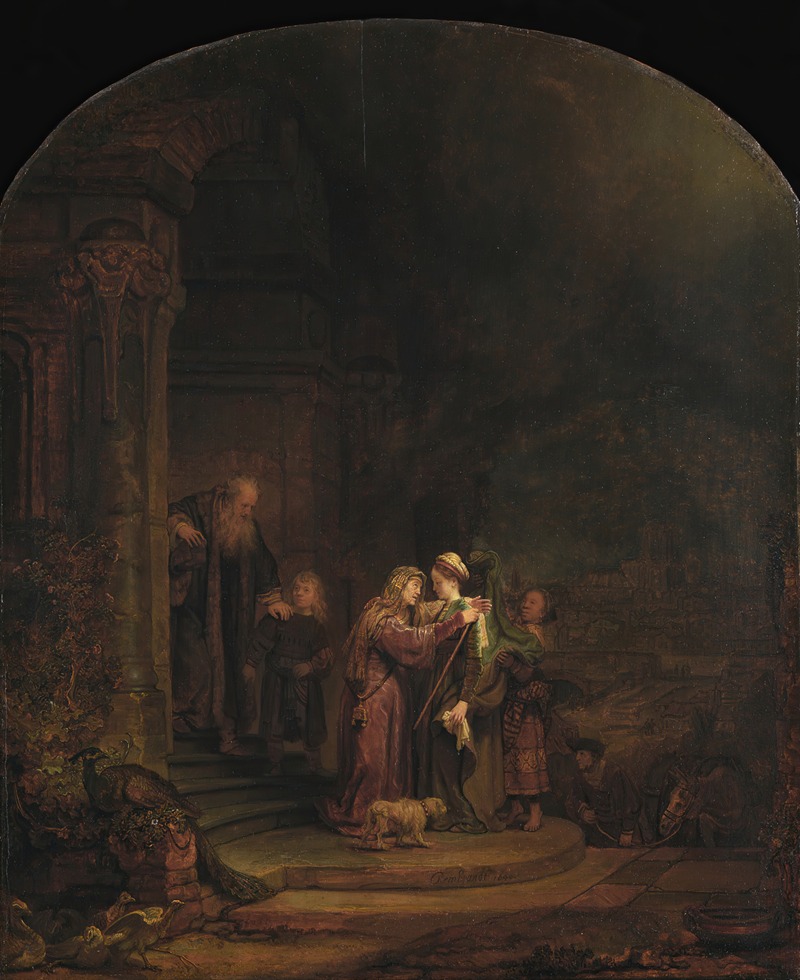
The Visitation
A hand-painted replica of Rembrandt van Rijn’s masterpiece The Visitation, meticulously crafted by professional artists to capture the true essence of the original. Each piece is created with museum-quality canvas and rare mineral pigments, carefully painted by experienced artists with delicate brushstrokes and rich, layered colors to perfectly recreate the texture of the original artwork. Unlike machine-printed reproductions, this hand-painted version brings the painting to life, infused with the artist’s emotions and skill in every stroke. Whether for personal collection or home decoration, it instantly elevates the artistic atmosphere of any space.
Rembrandt van Rijn, one of the most renowned Dutch painters of the 17th century, is celebrated for his profound impact on the art world through his innovative use of light and shadow, as well as his deep psychological insight into his subjects. Among his extensive body of work, "The Visitation" is a notable painting that exemplifies his mastery in depicting biblical scenes with emotional depth and realism.
"The Visitation" by Rembrandt portrays the biblical event of the Visitation, where the Virgin Mary visits her cousin Elizabeth. This event is significant in Christian theology as it marks the moment when Elizabeth, pregnant with John the Baptist, recognizes Mary as the mother of the Messiah. The scene is often depicted in art due to its rich emotional and spiritual connotations.
In Rembrandt's interpretation, the painting captures the intimate and sacred moment of encounter between the two women. Rembrandt's use of chiaroscuro, a technique that contrasts light and dark, is evident in this work, highlighting the figures and creating a sense of depth and volume. The light in the painting often serves to draw attention to the expressions and gestures of Mary and Elizabeth, emphasizing the emotional exchange between them.
Rembrandt's ability to convey emotion through facial expressions and body language is a hallmark of his style. In "The Visitation," the tenderness and reverence between Mary and Elizabeth are palpable. The composition is carefully arranged to focus on the interaction between the two women, with other elements in the painting serving to enhance the central theme of divine recognition and human connection.
The painting also reflects Rembrandt's interest in humanizing biblical stories, making them accessible and relatable to viewers. By portraying Mary and Elizabeth with realistic features and expressions, Rembrandt invites the audience to engage with the narrative on a personal level, bridging the gap between the sacred and the everyday.
While specific details about the commission or the exact date of creation for "The Visitation" are not well-documented, it is consistent with Rembrandt's broader body of work during his mature period, where he focused on religious themes and complex human interactions. This period is characterized by a deepening of his exploration into the human condition, often through the lens of biblical stories.
Rembrandt's "The Visitation" remains an important work in the study of Baroque art, illustrating the artist's skill in combining technical prowess with emotional and narrative depth. The painting continues to be appreciated for its artistic merit and its ability to convey the profound spiritual and emotional resonance of the biblical story it depicts.





